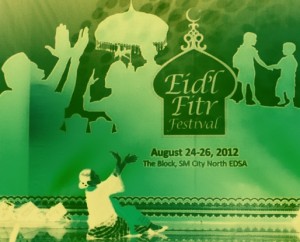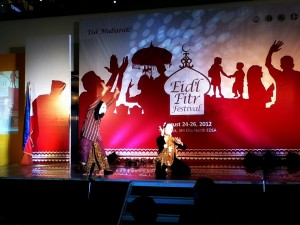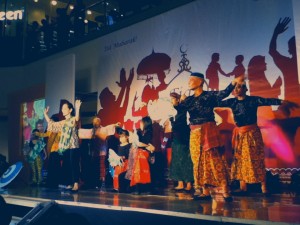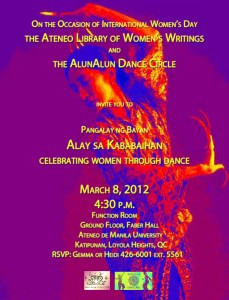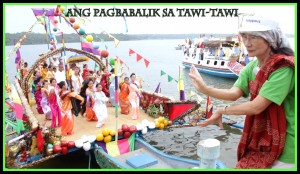
“Ang Pagbabalik sa Tawitawi” documents Ligaya Amilbangsa’s return to the Sulu Archipelago after more than 30 years, to re-connect and to share with the people whose arts and culture she helped to preserve. The film centers on how Amilbangsa researched and documented pangalay, also known as igal and paunjalay in the Sulu Archipelgao.
Exhibitions in February and March 2014:
24 February 2014 2:00 p.m. at UP Institute of Islamic Studies, sponsored by UP IIS and ADC
26 February 2014 2:30 p.m. at PH 207, Palma Hall UP Diliman, sponsored by UP Anthropology Department, CSSP Folklore Studies and ADC
8 March 2014 10:30 a.m. 9th Fl, Technology Building, Far Eastern University, Manila sponsored by Angel C. Palanca Peace Project on the occasion of International Women’s Day
The film showings will be followed by dance demonstrations and lecture-discussions.
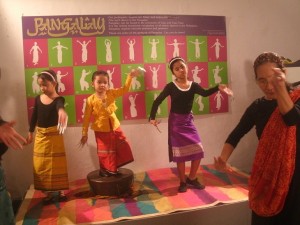
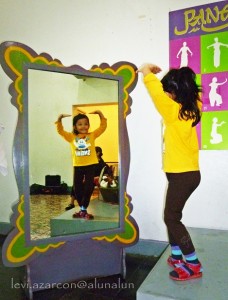
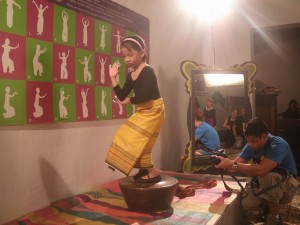
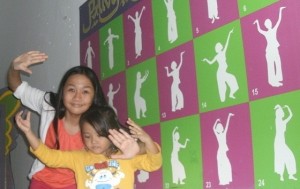
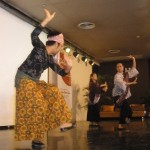
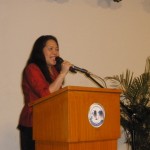
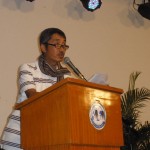
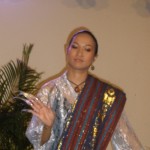
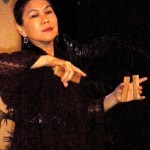
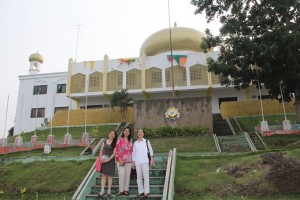

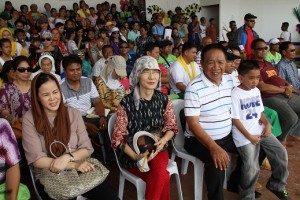 Ligaya Amilbngsa with Governor Sahali (right) and ARMM Tourism Officer Nassreena S. Baddinni (left) watching the dance contest of the Agal-Agal Festival on 25 September 2012 at DepEd Compound in Bongao.
Ligaya Amilbngsa with Governor Sahali (right) and ARMM Tourism Officer Nassreena S. Baddinni (left) watching the dance contest of the Agal-Agal Festival on 25 September 2012 at DepEd Compound in Bongao.
